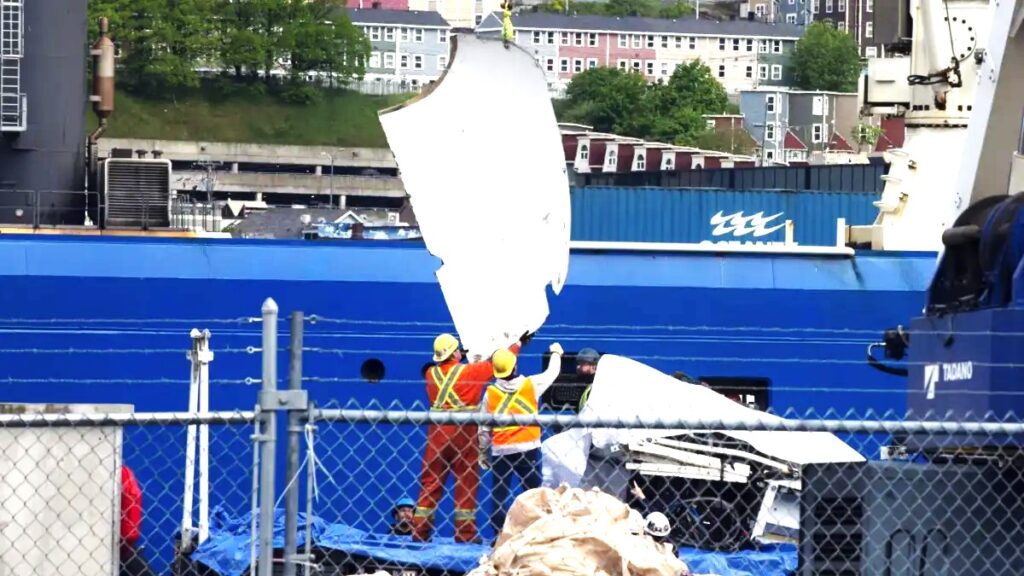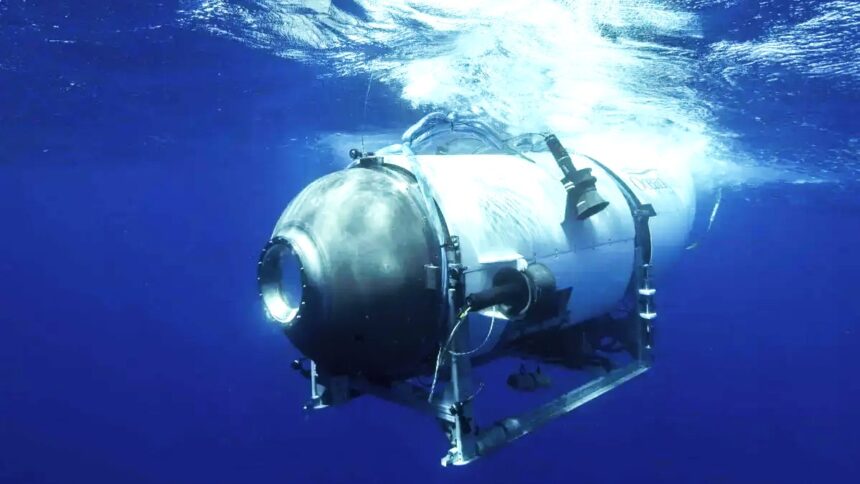The U.S. Coast Guard’s Marine Board of Investigation has commenced a critical public hearing into the catastrophic implosion of the Titan submersible, which occurred in June 2023. This tragic event resulted in the deaths of all five people aboard, including notable figures from various sectors. The hearing’s objectives are to highlight the mistakes that caused the catastrophe and to stop such occurrences from happening in the future.
Detailed Overview of the Titan Submersible’s Issues
The Titan submersible, operated by OceanGate, faced a series of significant issues leading up to its fatal implosion. According to the latest findings presented by the Coast Guard, the submersible encountered numerous problems during its previous expeditions. Notably, there were 70 equipment issues reported in 2021 and an additional 48 in 2022, which included critical failures such as dying batteries.
In the winter preceding the disaster, the Titan was stored outside in Newfoundland without adequate protection from the harsh, cold temperatures. This lack of proper storage likely exacerbated the vessel’s vulnerability to environmental stresses. Less than a month before the fatal dive, the submersible was discovered partially submerged following a night of severe weather conditions, including high seas and fog. A few days prior to the implosion, the crew experienced a dangerous incident where they were forcefully thrown against the vessel’s walls while resurfacing.
So that's about how it happened
The instant collapse of the pressure
Death in milliseconds
All due to the negligence
R.I.P.#Implosion #Titanic #Titan #OceanGate #Submersible #Logitech #CoastGuard pic.twitter.com/Oh3s26ENqH
— Henry Draper (@draper3d) June 22, 2023Initial Findings from the Coast Guard Hearing
The public hearing, held in South Carolina, marks the first in-depth review of the The operating history of Titan and its design defects. Investigators discovered that polyurethane covered the submersible’s hull, preventing visual examinations. Furthermore, the hull had never undergone pressure testing up to industry standards, raising concerns about its structural integrity under extreme oceanic pressures.
The hearing has also highlighted that the Titan’s design deviated from industry norms. The Titan was designed with a pill-like shape as opposed to the typical spherical shape that is well-known for its resilience to pressure. Additionally, the vessel’s hull was constructed from carbon fiber rather than the more traditional and durable titanium. These design choices, while potentially cost-saving, may have compromised the vessel’s safety.
Communication Failures and Final Moments
The Titan’s crew tried to alert the support ship about their predicament in the last seconds before it imploded. The submersible had dropped two of the weights that aided in its descent, according to a final transmission.
However, no communications were received that explicitly indicated an emergency situation. The submersible was more than two miles underwater when it lost contact, and there were no further communications from the crew.
Investigative Focus and Witness Testimonies
Former workers of OceanGate as well as safety experts have been asked to testify before the Marine Board of Investigation. This includes Guillermo Sohnlein, another co-founder of OceanGate, along with the company’s former engineering, operations, and scientific directors. The investigation will also cover past operations, crew training, and maintenance of the Titan, as well as the regulatory framework governing submersible operations.
The Coast Guard’s Chief Investigator, Jason Neubauer, emphasized the significance of these hearings in uncovering the full scope of the issues and determining necessary actions to prevent future tragedies. He noted that the investigation is particularly complex due to the submersible’s location on the ocean floor, which has hindered efforts to recover physical evidence.

Potential Legal and Safety Implications
The investigation aims to determine if there were any acts of misconduct or negligence involved. If evidence of criminal activity is found, it will be referred to the U.S. Justice Department. The Marine Board of Investigation will also assess whether there were lapses in duty by credentialed mariners or other involved personnel.
OceanGate, the company responsible for the Titan, has faced scrutiny following the incident. Following the catastrophe, the business ceased both its commercial and exploratory operations.A lawsuit has been filed by the family of Paul-Henri Nargeolet, one of the victims, alleging that OceanGate misled him about the safety of the submersible.
Future Directions and Recommendations
As the hearing progresses, the board will continue to gather information and evidence to construct a comprehensive report. This report will detail the findings and offer recommendations to enhance safety standards in deep-sea exploration. The goal is to identify and rectify safety gaps to ensure that such a tragic incident does not recur.
The hearing, expected to span several days, is being streamed live for public access. This transparency aims to provide insights into the investigation process and foster a better understanding of the factors that led to the Titan’s implosion.
The Titan submersible disaster has underscored the critical need for rigorous safety standards and thorough testing in deep-sea exploration. As the Coast Guard’s Marine Board of Investigation continues its inquiry, the findings will be crucial in shaping the future of underwater exploration and ensuring the safety of all involved. The hearings represent a pivotal moment in addressing the gaps that contributed to this tragedy and reinforcing the commitment to maritime safety.
Read More : Venezuelan President Maduro Accuses US CIA of Assassination Plot; US Denies Involvement Amid Recent Arrests






